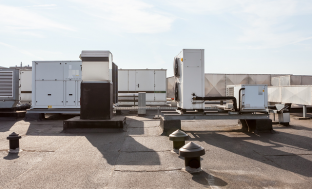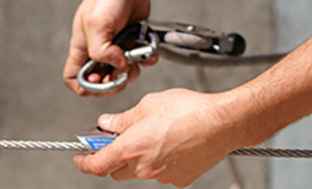latest news
Assesing Work at Height

By Mark Dolan, General Manager, Roof Edge Fabrications
Employers and self-employed contractors are legally required to assess the risks from work at height and to make sure that the work is planned and organised so that it can be carried out safely. This need not be a complicated process, below is a brief guide on how to assess work at height.
What You Need To Do
Work at height is by nature dangerous work and is the largest single cause of fatal and serious injury in the construction industry. So with this in mind, it’s clear why you must ensure that the work is planned and that any risks are controlled. In order to identify the necessary control methods you will need to carry out a risk assessment so that you can identify the required precautions and then produce a method statement on how the work is to be carried out safely.
What Is a Risk Assessment?
The aim of the risk assessment is to identify the risks (potential cause of harm), and then decide if you are taking reasonable steps to prevent the harm. The risk assessment should be simplistic. You may already know what your work at height risks are, in which case you will also know which control methods need to be applied. As part of the risk assessment process you should:
- assess the risks
- decide what precautions are required
- record your findings
- review the assessment if required

What Precautions are Required?
Whenever you work at height, the main objective must always be to ensure the work is properly planned, supervised and carried out safely. When identifying the required precautions you should refer to the hierarchy of control, if the work cannot be avoided then you need to either:
- prevent a person falling by using systems such as guardrails or scaffold platforms
- minimise the distance and consequences of a fall such as by using fall arrest lifeline systems or safety nets
Method Statements
Once you have carried out your risk assessment and identified the required precautions you should then prepare a method statement. This is a record of the identified hazards for the task and helps you to communicate the risks and precautions with all those involved in the work. As with your risk assessment, the method statement should be uncomplicated so as to avoid misunderstanding and illustrated with simple sketches to clearly explain the required method or system of work.

Ensuring Safe Work at Height
Once you have completed your assessment of work at height, you need to instruct and train all those involved with the work at height, both workers and supervisors, on the required precautions. Workers must also understand what they should do if the work method needs to be changed for any reason.
Finally, make sure that equipment identified to ensure safe work at height is readily available and in good working order.





